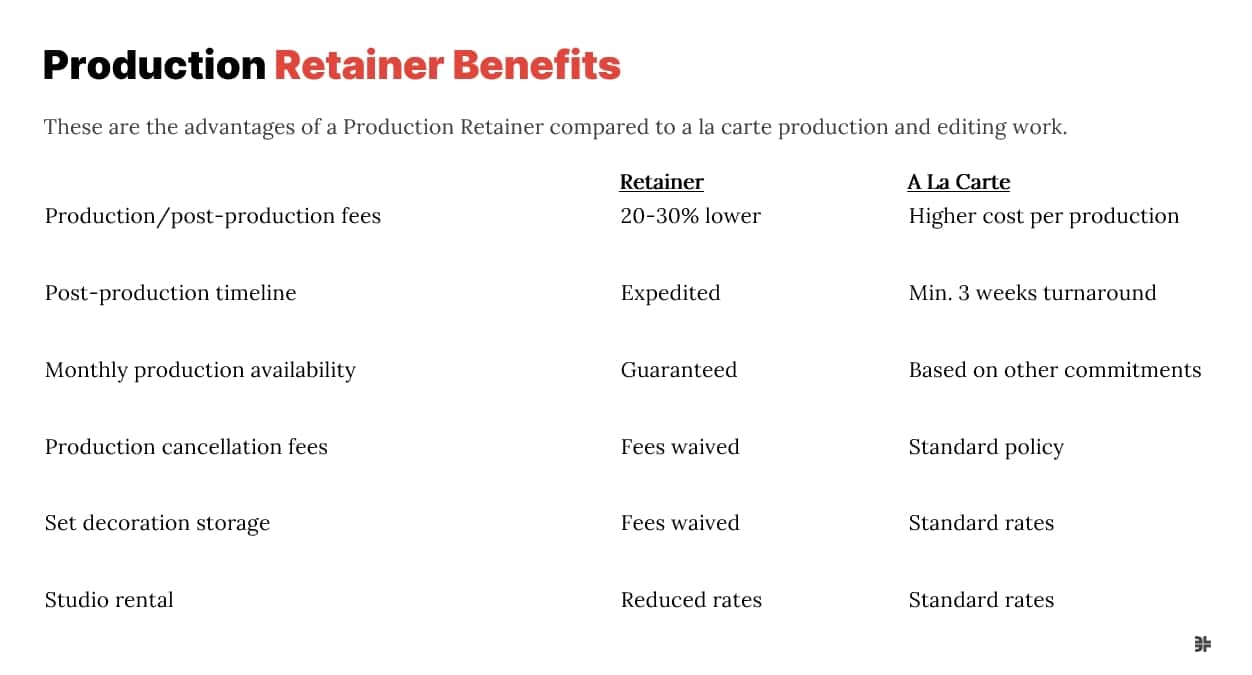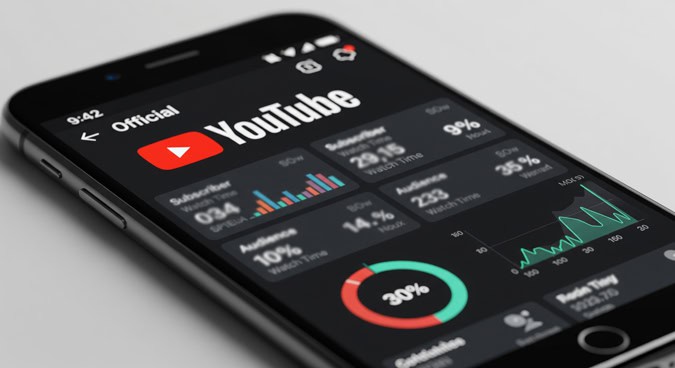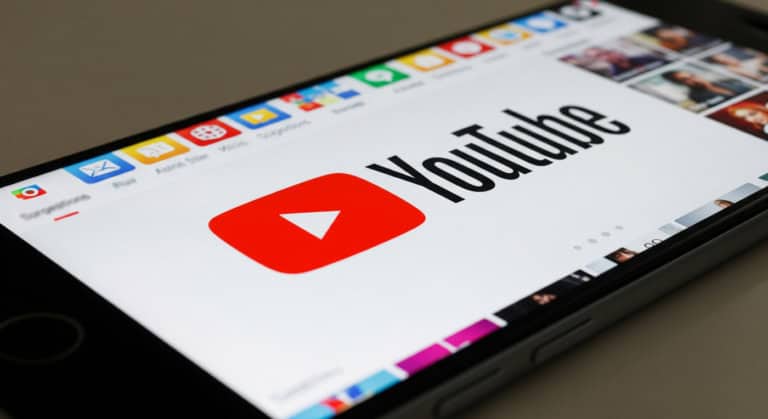
We recently marked our fourth year of business at 3rd + Lamar.
Our original thesis was that by putting media buyers and content producers side-by-side, we could add more value to clients by iterating quicker and avoiding the common disconnect that occurs when the folks pulling levers inside ad accounts are siloed from the people producing the ad content.
We believed then that video content would be essential for brands in performance marketing and beyond. In hindsight, it’s more important than we thought.
Why Video Content Reigns
To understand why video is vital to brands, consider how artificial intelligence (AI) and machine learning are leveraged on paid social.
Meta is emphasizing Advantage Shopping Campaigns (ASC) and Advantage+ App Campaigns, and ASC for Leads is in beta. Meanwhile, Google’s Performance Max campaigns are becoming increasingly effective. These campaign types rely on AI to sift through broad audiences to reach users who are likely to convert.
Brands no longer win online by out-targeting their competitors. The winning brands have the best creative, and they test and develop ads faster than their competition.
As social platforms vie for users’ attention, video has become the No. 1 weapon in brands’ creative arsenals. Organic reach is diminishing for content that takes users off-platform, and content that keeps users engaged (e.g. videos) is rewarded with more impressions. Case in point: According to The Information, “Instagram Reels – Meta’s answer to TikTok – now makes up 50% of the time spent on the app.”
As paid attribution becomes fuzzier with the ongoing deprecation of third-party cookies, brands would be wise to recognize the shift from clicks and impressions to attention metrics, like view time and thumb-stop ratio.
People post way more photos (on Instagram), but people are way more interested in consuming videos…There is more demand for video than there is video to share, which is why in general, Reels do better.
–Adam Mosseri, Head of Instagram
There Is No One-Size-Fits-All Video Content Strategy
What we’ve learned is that creative diversity drives results. No single video type always wins. The key is variety and aligning content with the distribution channel.
Yes, you can repurpose some videos across multiple platforms, but what performs best on YouTube is not the same as what performs best on TikTok. The same goes for any two platforms. Additionally, what performs in an upper funnel campaign is different from what converts in a direct response campaign.
This means brands need video in many formats (short-form, long-form, vertical, and everything in-between) —
- Branded content
- UGC/creator content
- Product explainers
- Animation/motion graphics
- Testimonials
- Etc.
So how do brands respond? For one, it’s not practical to bring so many disparate video capabilities in-house, but juggling a variety of production and post-production vendors adds complexity and increases costs.
Meanwhile, budgets for video content are tight, but cheap, generic alternatives for video production don’t work for premium or luxury brands.
Solutions That Only A Production Retainer Offers
Recognizing these trends and our clients’ needs, we offer a flexible solution to address these pain points.
Flexible Production Budget
Based on a client’s video requirements, which we help flesh out, we set a monthly production budget that can be used for pre-production, production, and post-production. We tailor what is covered in the budget to meet the clients’ needs, but typically the budget is allocated between the following services: creative briefs/treatments, set design/props, production, editing & motion graphics, UGC sourcing, etc.
Each month, whatever portion of the budget is unused rolls over to the following month.
Reduced Production Costs
The predictability of a retainer allows us to give clients a variety of benefits compared to à la carte productions. See below.

Our Sweet Spot
We work best with premium brands in sports & entertainment, CPG, and e-commerce that want to leverage storytelling in their customer acquisition and lead gen efforts. Typically, these companies have a greater purpose or mission, so they want to emphasize the “why” behind their products as much as the “what.”
Our current clients care deeply about ROAS, CAC, and contribution margin, but they’re playing the long game, which means squeezing out additional margin on paid campaigns at the expense of their brand is not an acceptable tradeoff.
If it sounds like we’re describing your company, we’d love to connect with you.
Interested in learning more? Reach out at [email protected].



